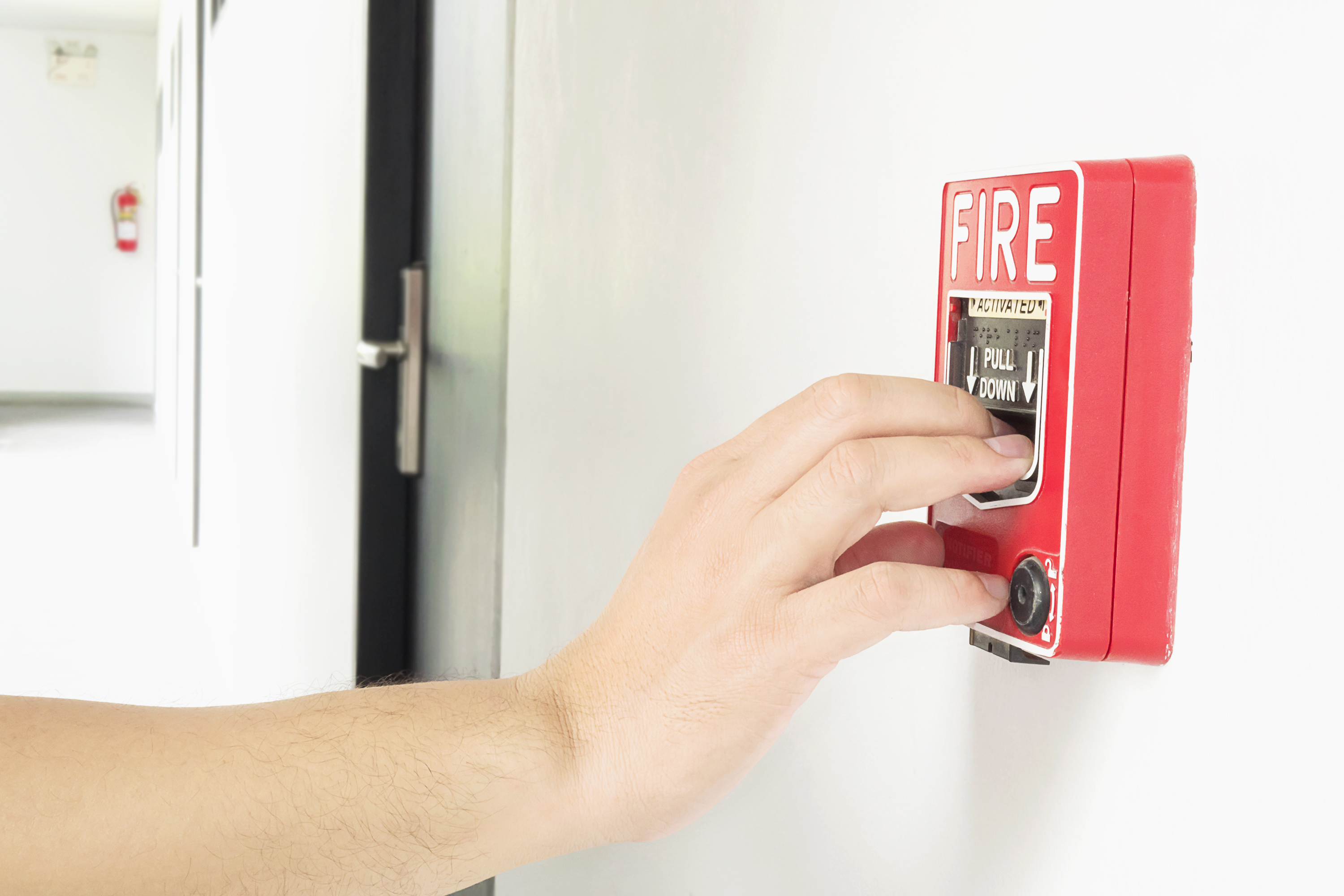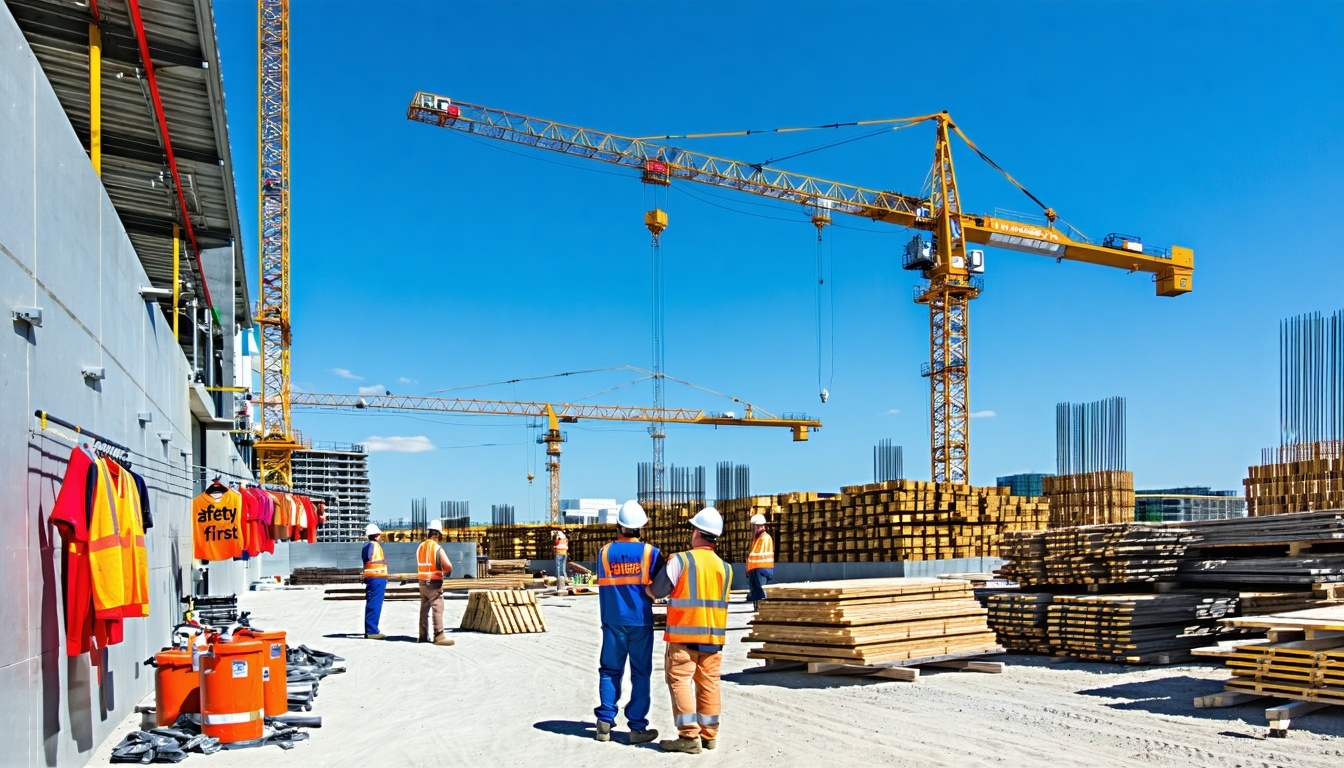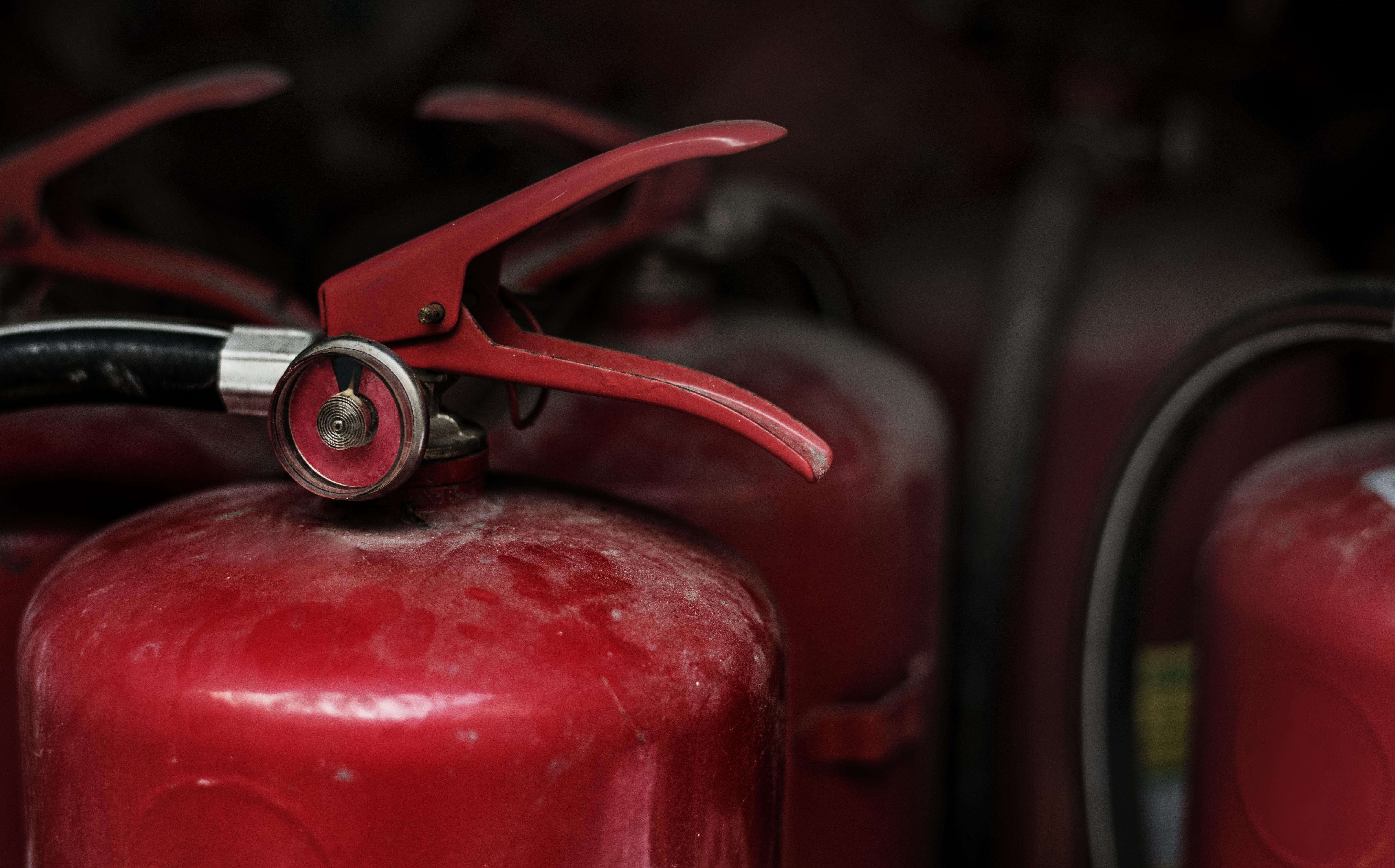Legal Overview: Passive Fire Protection and Fire Detection Systems
Andrew Sanderson at Kingsley Napley gives a legal overview of passive fire protection and fire detection systems.
Fire safety requires a proactive and comprehensive approach to protect life, property, and business continuity. Two key components of an effective fire safety strategy are passive fire protection and fire detection systems. These elements play a vital role in containing fires and providing early warnings, giving occupants valuable time to evacuate and emergency services time to respond.
Legal Framework
The primary legislation governing fire safety in the UK is the Regulatory Reform (Fire Safety) Order 2005 (often referred to as the Fire Safety Order). It applies to all non-domestic premises in England and Wales, placing legal duties on the Responsible Person—typically the employer, landlord, or occupier.
Under the Order, the Responsible Person must:
- Conduct and regularly review a fire risk assessment.
- Implement appropriate fire safety measures.
- Ensure fire detection and warning systems are in place and maintained.
- Provide training and information to employees.
Additionally, the Building Regulations 2010 (Part B) set out requirements for fire safety in building design and construction, including passive fire protection measures.
Passive Fire Protection
Passive fire protection (PFP) refers to building components designed to contain or slow the spread of fire and smoke. These systems are built into the structure and function without active intervention. Examples can include:
- Fire-resistant walls, floors, and doors that compartmentalise the building.
- Fire-stopping materials around pipework and cable penetrations.
- Intumescent coatings on structural elements that expand under heat to provide insulation.
Practical tips for compliance:
- Ensure compartmentation is intact and fire doors are self-closing and unobstructed.
- Do not tamper with or breach fire-stopping without proper reinstatement.
- Use third-party certified fire protection products and contractors.
- Include passive fire elements in regular maintenance and fire risk assessments.
Fire Detection Systems
Early detection is essential for alerting building occupants and initiating evacuation procedures. Effective systems include smoke detectors, heat detectors, manual call points, and alarm sounders.
Key compliance measures:
- Install a fire detection and alarm system appropriate to the size and layout of the premises, as required by BS 5839-1.
- Test systems weekly and service them at least every six months.
- Ensure alarm signals are audible in all areas and connected to alert emergency services if necessary.
Fire safety is a legal obligation and moral responsibility for all organisations. By focusing on both passive fire protection and fire detection, employers can create a safer environment that minimises fire risk and maximises life safety. Regular fire risk assessments, proper installation and maintenance of fire safety systems, and staff training are all essential steps toward full compliance with the Regulatory Reform (Fire Safety) Order 2005 and relevant building regulations.
For more information and guidance, visit the UK Government Fire Safety portal and the Fire Industry Association (FIA).
Safety innovation and technology
As in many areas of business, it is clear that there exists significant potential for technological innovation to positively impact health and safety in the workplaces of the future.
We have already seen many significant positive advances in the field of safety technology over recent years, yet despite this, just a third (31%) feel that their company is currently making good use of such technologies, and a quarter (25%) think that their company is waiting for others to take the lead.
Given the broadening range of challenges that are now being faced by health and safety professionals in light of the topics discussed earlier in this piece, alongside the continued financial pressures being faced more broadly, there is little doubt that technology and innovation will become increasingly important for the future of safety, and this is an area of intense focus within Dräger at the moment.
Training and skills
Skills shortages are seen as an ongoing challenge in the coming years, with more than a third of workers (36%) believing that the issue is having a detrimental impact on workplace safety.
It is also clear that there is a high expectation from employees as a whole when it comes to health and safety training: 93% expecting formal safety training as opposed to shadowing or being shown by colleagues, yet only 68% feel that this expectation is being met by their employer.
The DSHAW research also addressed the question of whether companies should invest in the best safety training for employees regardless of how long they stay with a company. Perhaps unsurprisingly, the great majority – 87% – feel that this commitment is essential. So, while this is a significant investment for businesses, it is clearly a crucial area, and one which employees clearly rate as an essential element of their relationship with their employer.





